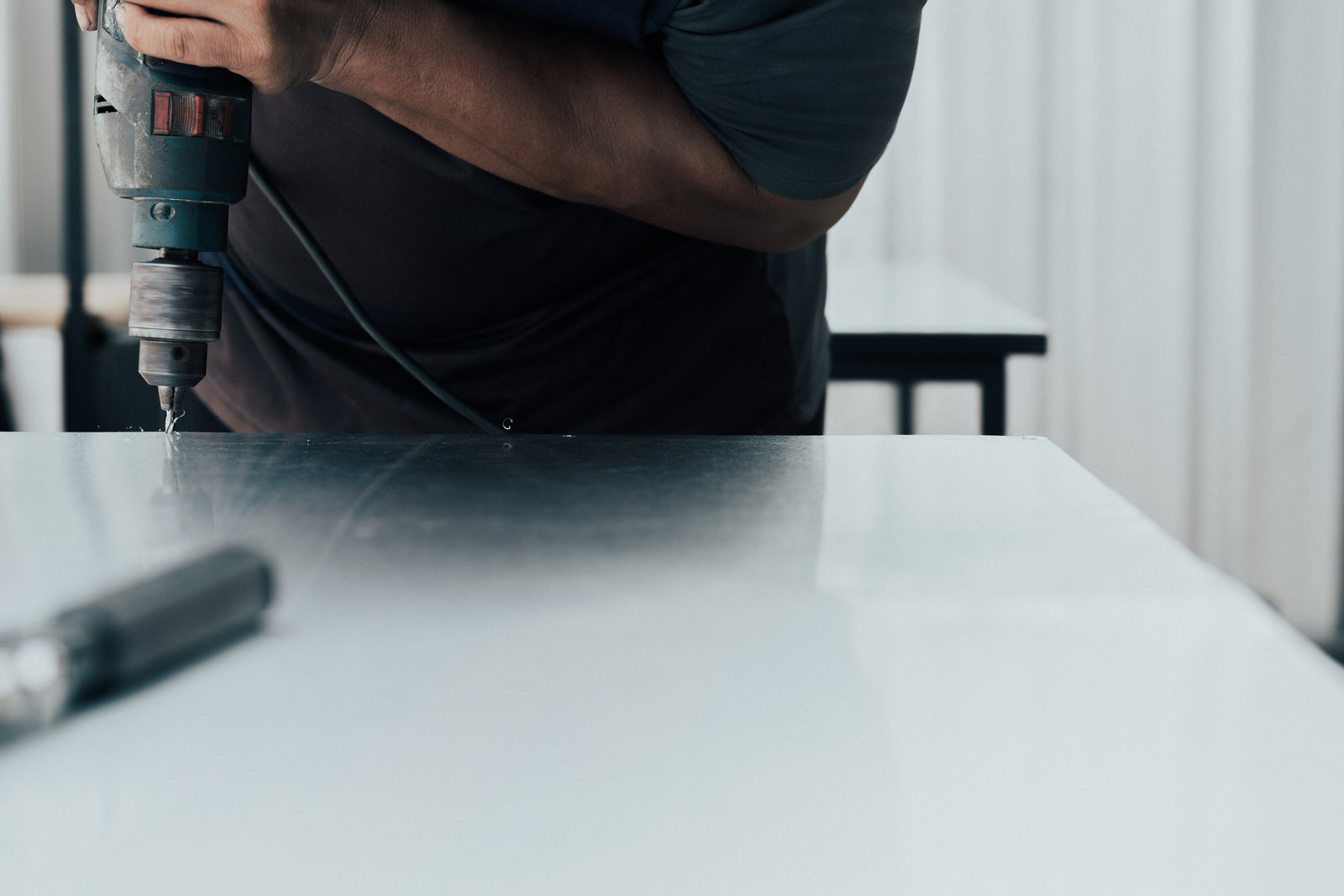
If you have arrived at the conclusion that a wireless charger is best used as a concealed instrument, you will undoubtedly be thinking about the ways in which you can make that happen. As our title suggests, we’ve noticed that more and more people are installing wireless charging pads inside furniture for obvious reasons.
Not only is this guaranteed to give you easy access to your charger but it will also keep the charging pad away from any potential damage it would have otherwise suffered if it were placed atop the table. You need only to look at a traditional charger and see how many scratches and abrasions they have all over them.
Now, when it comes toinstalling a wireless charger into a desk of your choosing, you must first figure out which piece of furniture will get the honor. As we are about to find out, when it comes to induction charging, not all surfaces are created equal. As a matter of fact, some thicker surfaces might even obstruct the charge delivery completely.
To be on the safe side, you should choose a wooden desk with a thin tabletop that can accommodate the implement. You should also make sure that this is the desk you’re gonna be using for the foreseeable future because this alteration is permanent.
Requirements
Along with the table or desk that you’ve chosen to accommodate the charger, you must also make sure to have all the right tools on hand. For starters, you’ll need safety goggles, a bi-metal hole saw, an arbor holder, a flat screwdriver, a hand drill/cordless screwdriver, and the wireless charging pad that you plan on installing.
Bear in mind thatinstalling a wireless charger into a desk can also be done with minimal effort on your part if you’re satisfied with simply setting it up underneath the tabletop.
In other words, if the top of the desk is thin enough, some charging pads can simply penetrate the surface via waves, which means that you can simply attach them to the desk from underneath.
If this isn’t the case, at least make sure that your desk can withstand the alteration and that the procedure doesn’t require you to get too close to the parts that provide your desk its structural stability. You should perhaps stay clear of any rotating parts that might both interfere with the charge delivery or damage the charger itself.
Installation
Despite the array of tools you’ve prepared for the job, you will be pleased to know that the installation process is actually rather simple.
First of all, screw together the bimetal hole saw and the arbor holder to ensure that their thread can fit into the two openings of the hole saw. To make sure that the two elements are closely tied together, use the flat screwdriver to tighten the grub screw on the arbor holder.
Know thatwhen you’re installing a wireless charger into a desk or table, the placement of the charging pad has to fit the required orientation of your Qi-ready devices. If the charger and the phone aren’t properly aligned, you might experience a reduced charge, or worse, your phone might not charge at all.
Anyway, presuming that you’ve figured out the correct alignment and you’ve chosen the correct spot for the installation, you may not proceed with drilling the actual hole. You do this by fixing the bi-metal hole saw with the arbor holder into the cordless screwdriver/hand drill. You then center the bi-metal hole saw and cut through the hole.
Now, make sure that you drill at a consistent pace and with steady pressure while avoiding pendulum movements as much as possible. If you do this correctly, you will be left with a perfectly cut opening to accommodate your wireless charger. All you have to do now is insert the charging pad into the opening and plug the power cord into the wall socket.
All things considered, this procedure shouldn’t take you more than a few minutes as long as you have all the right tools, nor should it be particularly difficult.






